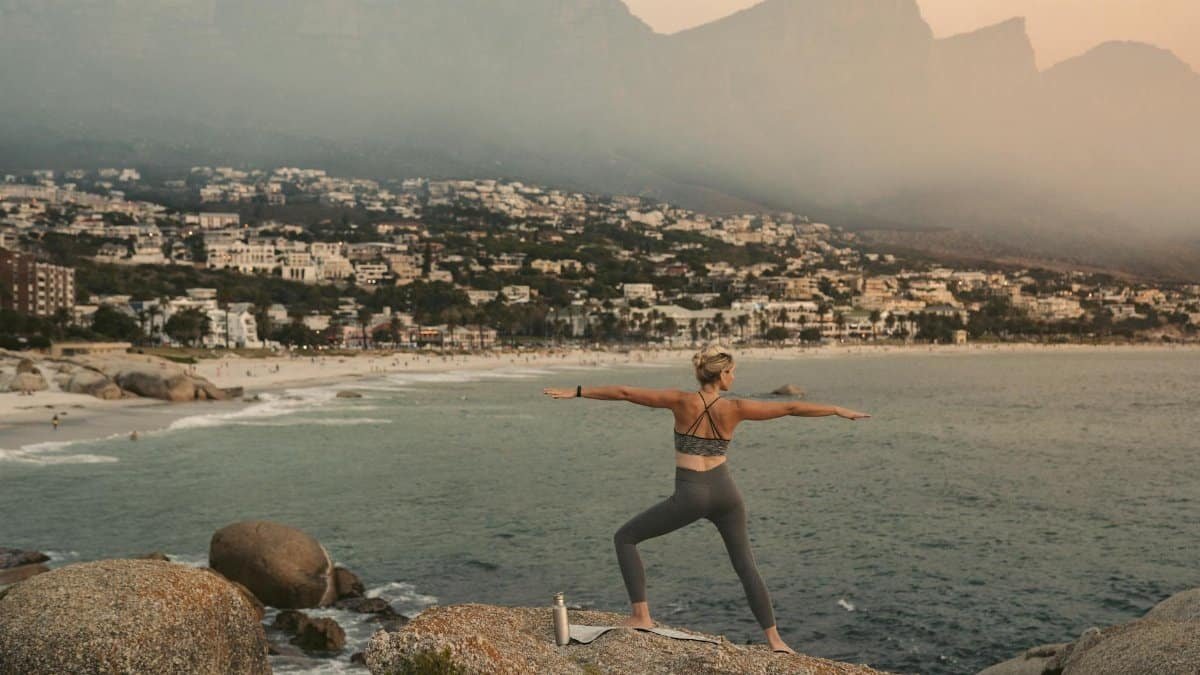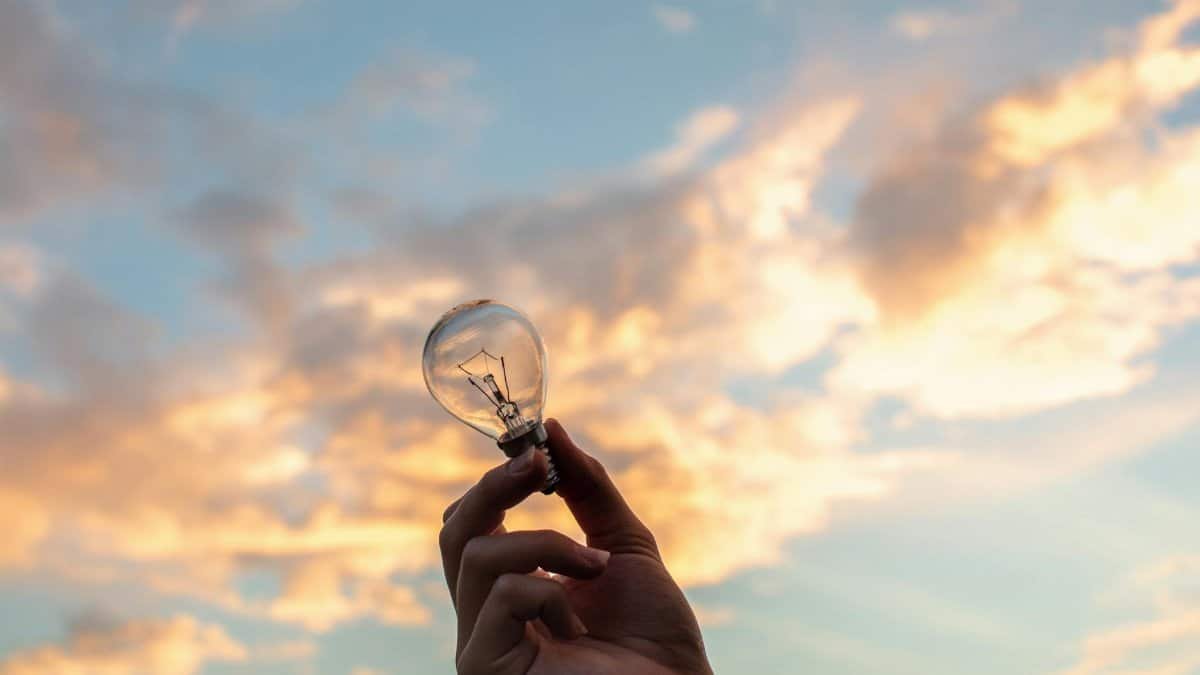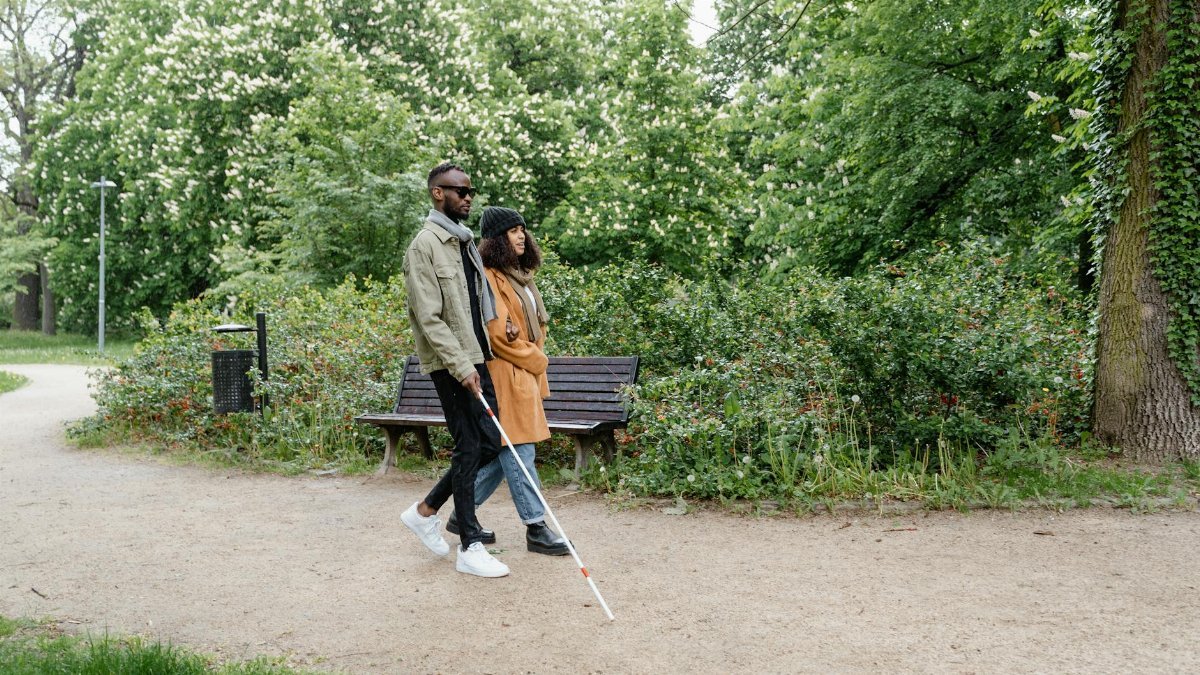In a world obsessed with hustle and grind, what if pausing to reflect is the real path to emotions balance? Forget the endless self-improvement checklists that promise transformation but often leave you burned out. New insights suggest reflection isn’t just downtime—it’s a strategic reset that fosters genuine growth. As more Americans turn to mindfulness practices amid rising stress levels, experts argue this approach outshines aggressive self-betterment tactics. It’s not about fixing flaws; it’s about understanding them. This shift is gaining traction in 2025, with yoga communities leading the charge toward inner peace over perpetual striving.
The Myth of Constant Self-Improvement

Self-improvement culture pushes us to chase endless goals, from productivity hacks to fitness regimens. But this relentless drive can disrupt emotions balance, leading to anxiety and dissatisfaction. Psychologists note that without reflection, efforts become superficial. A study from Harvard University highlights how over-optimization ignores emotional needs, often resulting in burnout. Instead of stacking more habits, stepping back allows for authentic progress. In yoga circles, practitioners report that simple breathing exercises reveal hidden stressors, making space for true equilibrium.
Why Reflection Builds Deeper Awareness

Reflection invites introspection, helping individuals tune into their inner states. Unlike self-improvement’s external focus, it cultivates self-compassion, a cornerstone of emotions balance. Research from the American Psychological Association shows that reflective practices reduce emotional volatility by 25 percent in participants. By journaling or meditating, people uncover patterns in their reactions, turning chaos into clarity. This isn’t passive; it’s proactive groundwork for sustainable change, especially in high-pressure environments like corporate America.
Real-Life Shifts in Yoga and Movement

In the yoga world, reflection trumps aggressive poses or challenges. Instructors emphasize savasana—the final resting pose—as a moment for integration, not just recovery. One New York-based yogi shared that ditching her intense self-improvement routine for weekly reflection sessions transformed her practice. “It felt messy at first, but now I move with intention,” she said. This aligns with trends in movement therapies, where emotions balance emerges from mindful pauses rather than forced advancements.
Science Backs the Reflective Edge

Data doesn’t lie: Reflection outperforms self-improvement in long-term well-being. A 2023 report from the National Institutes of Health links mindfulness-based reflection to improved emotional regulation, with participants showing lower cortisol levels after consistent practice. Access the full study via NIMH Mindfulness Resources. Meanwhile, self-improvement apps often lead to short-lived gains, as users drop off when motivation wanes. In 2025, experts predict a surge in reflection-focused programs to counter this.
Overcoming Resistance to Stillness

Many resist reflection, viewing it as unproductive compared to self-improvement’s tangible results. Yet this resistance stems from societal pressures valuing action over insight. To break through, start small: Dedicate five minutes daily to noting thoughts without judgment. Therapists recommend this for building emotions balance, as it dismantles the illusion of control. In movement classes, incorporating reflective warm-ups helps participants connect body and mind, easing the transition from doing to being.
Reflection’s Role in Daily Routines

Integrating reflection into everyday life beats sporadic self-improvement binges. Morning walks or evening wind-downs provide opportunities to assess emotions without agendas. A Pew Research survey indicates 40 percent of U.S. adults now prioritize mental health practices, up from previous years. For yoga enthusiasts, this means blending asanas with intentional pauses, fostering a holistic approach. The result? A steadier emotional foundation that withstands life’s ups and downs.
Potential Pitfalls and How to Navigate Them

Reflection isn’t foolproof; it can unearth uncomfortable truths, potentially tipping emotions balance if not handled gently. Avoid overthinking by setting boundaries, like timed sessions. Experts from the Mayo Clinic advise pairing reflection with supportive communities, such as yoga groups, to process insights. Their guide on emotional health, available at Mayo Clinic Mindfulness Article, underscores the importance of guided practices to prevent overwhelm.
Long-Term Benefits Over Quick Fixes

Self-improvement offers immediate highs, but reflection delivers enduring rewards. Over time, it enhances resilience, relationships, and creativity—key elements of sustained growth. In 2025’s wellness landscape, this method is reshaping how we approach personal development, particularly in movement-based disciplines. By prioritizing inner harmony, individuals report feeling freer, proving that true advancement comes from within, not from external validations.
Embracing the Messy Path to Freedom

Growth through reflection feels chaotic before it feels liberating, but that’s the point. It dismantles the perfectionism of self-improvement, paving the way for authentic emotions balance. As more people in yoga and beyond adopt this mindset, the conversation shifts from “doing more” to “being more.” Ultimately, it’s a reminder that pausing isn’t weakness—it’s wisdom in action.
